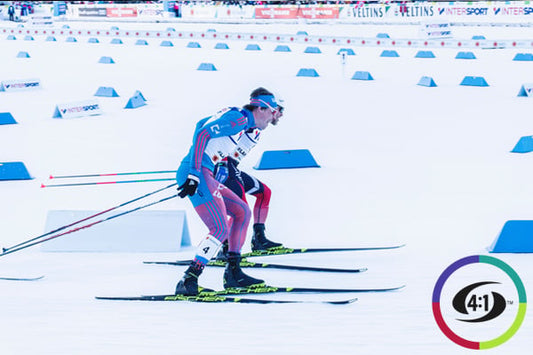BLOG HOME

Why Dieting Makes You Less Fit
Most Endurance athletes are concerned about their weight and periodically diet. Since each pound contains about 3,500 calories, if we reduce...
Why Dieting Makes You Less Fit
Most Endurance athletes are concerned about their weight and periodically diet. Since each pound contains about 3,500 calories, if we reduce...
Read more
Which Protein is Better for Recovery: Whey or C...
The enormous benefits of adding protein to a sports and recovery drink are well-documented. However, all protein is not the...
Which Protein is Better for Recovery: Whey or C...
The enormous benefits of adding protein to a sports and recovery drink are well-documented. However, all protein is not the...
Read more
Exercise And Your Gut
A great deal of research demonstrates that your intestinal bacteria (microflora) play a significant role in your overall health. Similarly,...
Exercise And Your Gut
A great deal of research demonstrates that your intestinal bacteria (microflora) play a significant role in your overall health. Similarly,...
Read more
RECOVERY IS MORE ESSENTIAL AS WE AGE
As endurance activity participation rates increase among senior athletes, an understanding of why recovery is more difficult as we age...
RECOVERY IS MORE ESSENTIAL AS WE AGE
As endurance activity participation rates increase among senior athletes, an understanding of why recovery is more difficult as we age...
Read more
Does a High Fat, Low Carb Diet Improve Enduranc...
The argument that a high-fat low-carb diet improves endurance performance is compelling. The average endurance athlete has about 2,000 calories...
Does a High Fat, Low Carb Diet Improve Enduranc...
The argument that a high-fat low-carb diet improves endurance performance is compelling. The average endurance athlete has about 2,000 calories...
Read more
Hero Amino Acids #3 - Glutamine
For endurance athletes, glutamine is particularly important. It is the most prevalent amino acid found in muscle cells accounting for...
Hero Amino Acids #3 - Glutamine
For endurance athletes, glutamine is particularly important. It is the most prevalent amino acid found in muscle cells accounting for...
Read more

